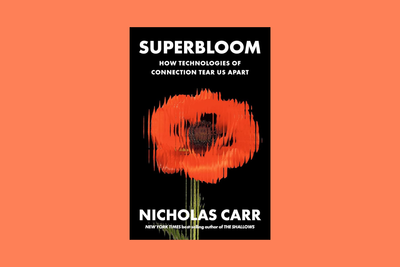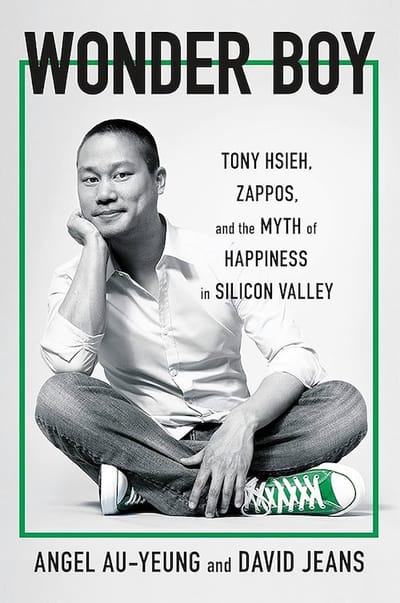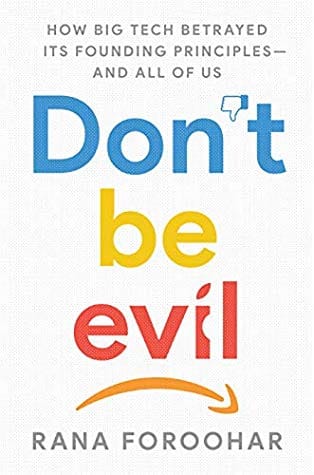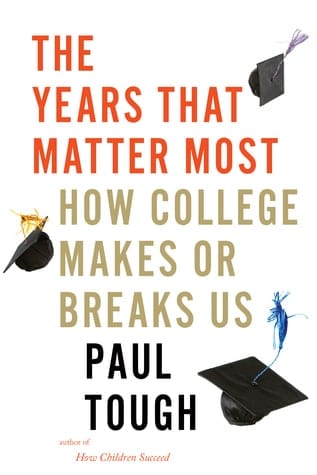Everything Is Miscellaneous by David Weinberger

Serendipity is an interesting thing. I had just hit the "publish" button on my recent post Tell me a Story, a quasi-rant that underscores (at least for me) the need to draw readers in via compelling stories and anecdotes. Needing some time away from the screen, I picked up my copy of Everything is Miscellaneous by David Weinberger. I had heard good things about it and was searching for a good read.
I wasn't disappointed.
Printing Supplies
Everything Is Miscellaneous starts out with the great story of how Staples stores are arranged. To paraphrase Renee Zellwegger's character in Jerry MacGuire, this book had me at "Staples."
Why are printer cartridges and cables in more than one place?
Why are printer cartridges and cables in more than one place? Because not everyone walks into the store to buy printer cartridges and cables for precisely the same reason. Consider the following:
- Some people already own printers and cartridge refills. They will look for cartridges in a dedicated section and it would never occur to most of them to go to printers.
- Some people need to buy new printers; it's easier for them to stay in that section and get everything they need at once. They don't want to go to another section of the store. Nor do they want to return to the store and feel stupid for not remembering that printers don't come with everything needed to print documents from their computer.
And that's the whole point of the book: different people find similar things in different ways and for vastly different reasons. Everything is rife with great anecdotes and case studies supporting the author's central thesis. Hamlet, Flickr, and Wikipedia are just a few of the examples manifesting the importance of shared knowledge and more efficient ways of searching the vast streams of information today.
Beautiful Trees and the Third Order of Order
Physical stores like Staples are constrained by where they place items. This is not the case with the web. Weinberger writes:
In the third order of order, a leaf can hang on many branches, it can hang on different branches for different people, and it can change branches for the same person if she decides to look at the subject differently. It's not that our knowledge of the world is taking some shape other than a tree or becoming some impossible-to-envision four-dimensional tree. In the third order of order, knowledge doesn't have a shape. There are just too many useful, powerful, and beautiful ways to make sense of our world.
From a technology standpoint, this can only happen online with pervasive and accurate tagging and metadata.
Polarizing Topic?
For me, the timing of reading this book (although released in 2007) could not have been better. Lately, I've been reading, writing, thinking, talking, and learning a great deal about the semantic web. Everything enhanced my knowledge of the topic, although it's not formally mentioned until page 190 or so.
Evidently, not everyone shares my viewpoint on the book nor on the importance of the semantic web. I saw the one-star reviews for the book on Amazon. To me, it's evident that some people refuse to see how the internet is changing things—and will continue to do so.
Simon Says
Everything Is Miscellaneous is an important book for not understanding what's going on now, but what's going to happen with the web as it "goes semantic." I blew through this book in two days, unable to put it down. Great read.







Member discussion